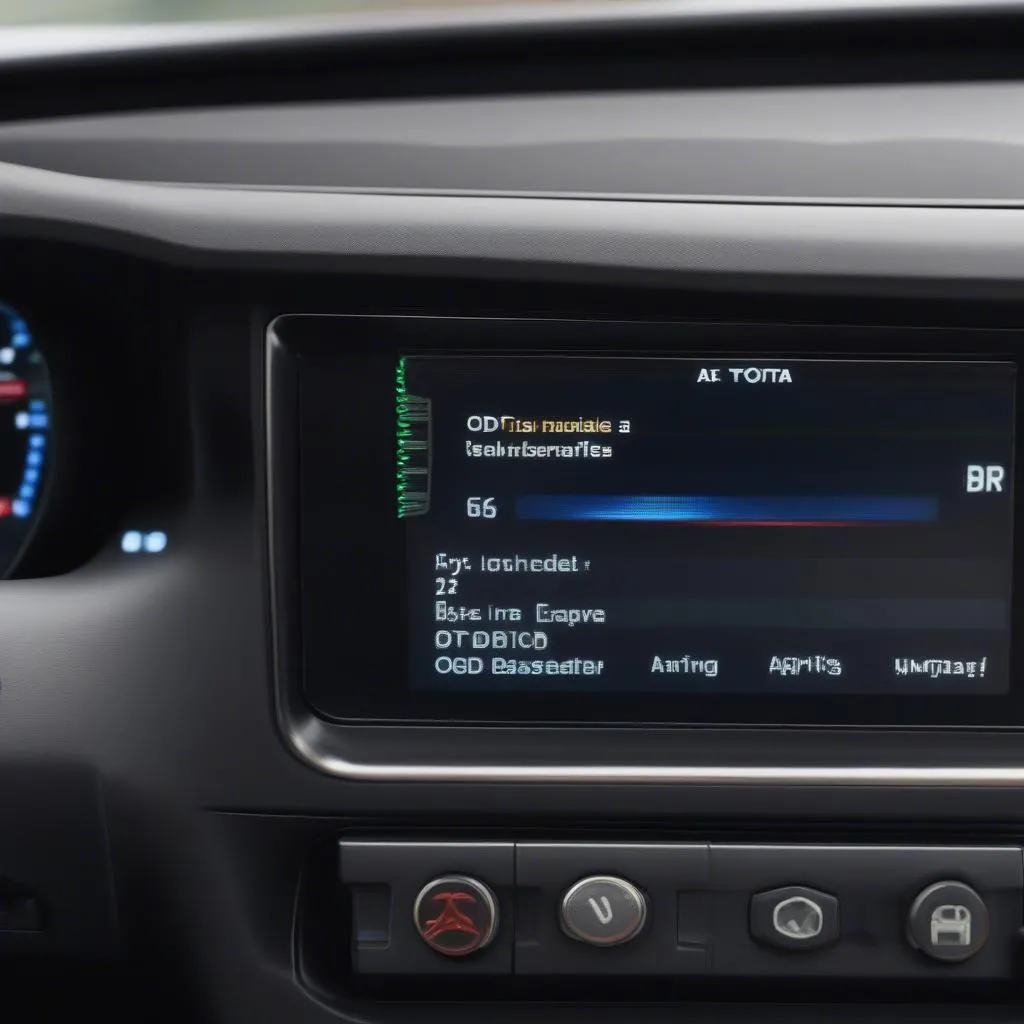Have you ever needed to diagnose your car’s engine but couldn’t find the OBD port? You’re not alone! It’s a common question among car owners and even some mechanics. In this article, we’ll dive into the world of OBD ports and help you understand why they’re so crucial for modern car maintenance.
Why Should You Care About the OBD Port?
Think of the OBD port as your car’s secret communication channel. It’s a standardized connector that allows you to access your car’s onboard computer system. This is where the magic happens for diagnosing engine issues, monitoring performance, and even customizing your car’s settings.
From a Mechanic’s Perspective
For mechanics, the OBD port is an indispensable tool. It provides real-time data on various parameters, helping them pinpoint issues and offer accurate solutions. Imagine a mechanic trying to diagnose a problem without knowing the specifics of the car’s performance. It’s like trying to solve a puzzle with missing pieces!
From a Technical Standpoint
The OBD port utilizes a specific communication protocol called the “OBD-II protocol.” This allows scan tools and diagnostic equipment to read and interpret data from the car’s engine control unit (ECU). It’s like having a translator that bridges the gap between your car and your diagnostic tools.
Economic Benefits
The OBD port plays a significant role in keeping your car running smoothly, which translates to economic savings. By addressing issues early through diagnostics, you can prevent major repairs and costly breakdowns. It’s like having a financial advisor for your car!
Where to Find the OBD Port: A Detailed Guide
Now, let’s get to the heart of the matter: finding the elusive OBD port. It’s typically located under the dashboard on the driver’s side, often near the steering column or the fuse box. However, different car manufacturers may have slightly different locations.
Here’s a quick cheat sheet:
- American car manufacturers: The OBD port is usually located under the dashboard on the driver’s side, close to the steering column.
- European car manufacturers: The OBD port is typically found in the same general area but can vary slightly depending on the model. Some European car manufacturers might place it behind the glove compartment or near the center console.
It’s important to remember:
- The location of the OBD port can differ between models and even years within the same model.
- Consult your car’s owner’s manual for the most accurate information about your specific vehicle.
Let’s illustrate with an example:
Imagine you’re driving a 2022 Mercedes-Benz C-Class. You might be surprised to find the OBD port tucked away behind the glove compartment. This is common practice for many European cars.
Pro Tip: Look for a rectangular-shaped connector with 16 pins, often labeled with the word “OBD” or “DLC” (Data Link Connector).
FAQs about OBD Port Location
Here are some commonly asked questions about OBD port location:
1. What if I can’t find the OBD port?
If you’re having trouble locating the OBD port, don’t worry! Consult your owner’s manual, or search online for your specific car model. You can also try contacting a local mechanic or a dealership for assistance.
2. Can I damage the OBD port if I try to find it?
Don’t worry about damaging the OBD port. It’s a robust connector designed for repeated use. Just be gentle when you’re trying to find it, and avoid pulling on the connector or forcing it.
3. What if my OBD port doesn’t work?
If the OBD port doesn’t function properly, you might need to have it checked by a mechanic. There could be a wiring issue, or the port itself might be damaged. It’s essential to get this fixed to ensure your car’s diagnostic capabilities are fully functional.
Need Help with Your OBD Port?
If you’re struggling to locate your OBD port or need help using a scan tool, don’t hesitate to contact us. We have a team of certified automotive technicians available 24/7 to answer your questions and provide expert advice.
Explore More
To delve deeper into the fascinating world of car diagnostics, check out these related articles on our website:
- OBD-II Port Location: A comprehensive guide on finding the OBD-II port on various car models.
- How to Use a CAN OBD2 Scan Tool: Learn about the different types of scan tools and how to use them effectively.
- Diagnosis Scan: Discover the importance of regular car diagnostics and how it can save you money in the long run.
- OBD1 Scan Tool BMW: Explore the specific challenges and solutions for diagnosing older BMW vehicles.
- How to Install an OBD2 Scan Tool: A step-by-step guide to installing a scan tool and connecting it to your car’s OBD port.
Contact us today via Whatsapp at +84767531508 for expert support.
Let’s keep your car running smoothly!
 OBD Port Location
OBD Port Location
 OBD Scan Tool
OBD Scan Tool
 Car Maintenance
Car Maintenance